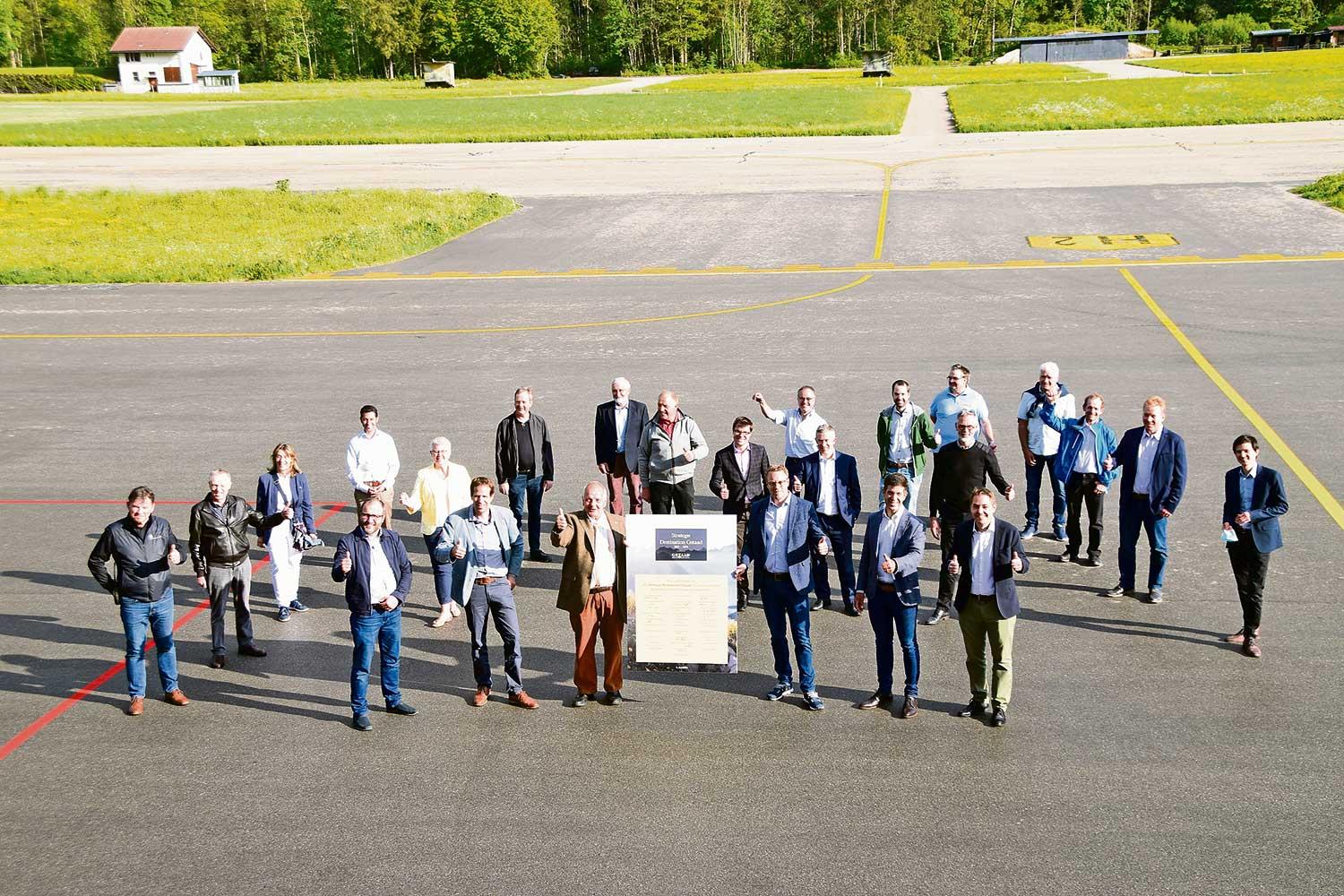30 organisations for Alpine pleasure destination
26.07.2021 Gstaad LivingIn 2016, leading groups and organization in tourism developed a tourism strategy for the Destination Gstaad. Now the strategy was revised and signed by 30 organisations who represent a wide range of stakeholders. It defines how the region wants to develop in terms of tourism. Destination Gstaad focuses on courteous hospitality, Alpine lifestyle, active recreation and discretion. Does that meet your expectations?
The destination strategy serves as the basis for the tourism development of the Destination Gstaad. It lists the vision, positioning, goals and milestones for the next four years. The destination is committed to its claim “Come up – slow down”. Its vision: “The Destination Gstaad is the leading Alpine pleasure destination.”
Alpine authenticity
The positioning of the destination remains unchanged. Topics such as Alpine authenticity, enjoyment and value-added features, culture and sport, deceleration, quality, discretion and safety as well as sustainability are at the top of the agenda. “All our efforts are aimed at being the Alpine pleasure destination,” says Oliver Waser, president of Gstaad Saanenland Tourismus (GST).
Quality and moderate growth
The new destination strategy is based on its predecessor from 2016. The fields of activiy have been developed and have received sharper focus. “The new destination strategy is more binding than the previous one,” explains Waser. Tourism director Flurin Riedi adds: “We want as many people, service providers, organisations, events, communities, companies and businesses as possible to follow and apply the strategy.”
A list contains concrete projects and fields of activity that will be tackled or implemented over the next four years. Additionally, significant milestones are listed separately. “The strategy is intended to spur everyone to rethink their own business philosophy and to ask themselves how the company can act in a future-oriented and sustainable way,” says Riedi. Gstaad Saanenland Tourismus offers to advise and support the companies in this process.
Characteristic of the strategy is the focus on individual and family tourism. “The region must not become overcrowed but offer a great experience for everyone – residents and tourists,” says Waser. At Lake Arnen, for example, there should always be enough space for walking and swimming. The close coordinatin of marketing campaigns with the product development will help avoid unwanted hotspots. “If we promote something, the appropriate infrastructure must be ready like car parks, toilets, spaces, toilets, management of crowd flows, etc.” he says, describing the learnings from campaigns in previous years.
Why a revision?
Destination Gstaad passed its first destination strategy in 2016. It was designed to be revised every four years. This time, the number of partners has almost doubled to 30 organisations in total. These include the municipalities of Saanen, Gsteig, Lauenen and Zweisimmen, the cable car companies in the region, Gstaad Marketing, Hotelierverein Gstaad-Saanenland (hotel association), Gewerbeverein Saanenland (trade association) and Landwirtschaftliche Vereinigung Saanenland (agricultural association), all village organisations, major events and service providers such as the Sportzentrum and the snow and mountain sports schools. Coordination and lead are the responsibility of Gstaad Saanenland Tourismus.
All pulling in the same direction
The destination strategy was critically scrutinised by the many service providers who participated. They contributed ideas and helped develop the strategy. Riedi: “All the people who contributed will use it. It is our tourism bible.” That commitment should contribute to the long-term success of tourism in the Saanenland.
Right time?
In times of the corona pandemic, it is difficult to develop a strategy, says Riedi. But the time was right. It is not yet known what effects the pandemic will have on travel behaviour, whether guests who have newly discovered the Saanenland will return to the region or choose other destinations as soon as travelling becomes easier again. “Because we compare current developments with the strategy every year, we can recognise trends early on and adapt,” assures Waser.
The destination strategy was ceremoniously signed at Gstaad Airport on 1 June. It is valid for the years 2021 to 2024 and will be revised and re-signed at the end of that term.
BASED ON AVS/BLANCA BURRI
THE STRATEGIC PRINCIPLES
1. We grow primarily qualitatively and only slightly quantitatively.
2. We continuously renew and expand the tourism infrastructure and strengthen our positioning with key projects.
3. We continue to develop the white and green season and strengthen the early and late seasons in particular.
4. We increase snow safety, create bad weather offers and attractions for outdoor enthusiasts, bon vivants and families.
5. We strengthen the top events, develop them and expand the MICE offer (Meetings, Incentives, Conferences, Events).
6. We focus our market development on selected guest segments and markets and strive for a balanced guest mix.
7. We are cautious about acquiring large group tours and do not pursue a lowprice strategy.
8. We intensify digitalisation to improve convenience, to look after our regular guests (CRM) and to optimise processes.
9. We strengthen strategic cooperations and expand the experience space for guests.
10. We strive for sustainable development, manage resources and care for the landscape, nature, culture and high quality of life.
Central message: “At home with us”




